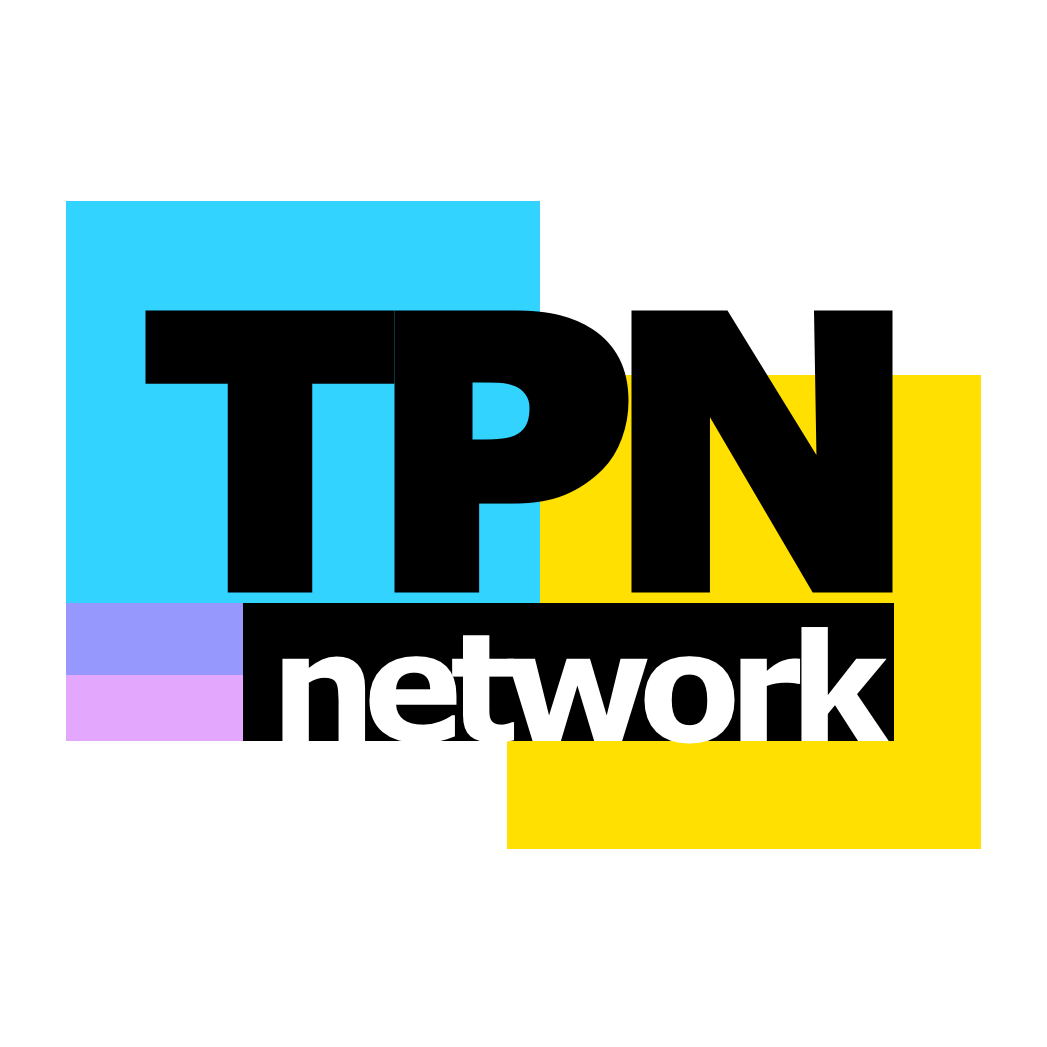It never ceases to amaze me that during harsher economic times, organizations choose to reduce/cancel budgets for procurement projects. It is understandable for those functions that are more client-facing, where revenues are challenged, but why the procurement budget? A $/€/£ saved is a $/€/£ more profit – there are no cost of goods/services to be charged.
Organizations need all the help they can get at the moment and where better to turn to than procurement?
It would be understandable if organizations were best-in-class but the reality is many are not. Senior management of these organizations should be turning to their procurement functions and discussing what projects should be undertaken to make procurement “the best they can be”. The problem is many/most senior managers are uninformed when it comes to Best-in-Class in procurement. So, “What Does Good Look Like (WDGLL)”?
Here’s a checklist:
1. Spend under management.
Minimum 80% of total corporate spend should be “managed” by procurement. What does this mean? Procurement may directly manage a proportion of this spend and indirectly manage the remainder. Where procurement is indirectly managing spend, budget-holders will adhere to procurement policy & procedures as laid down by the function.
ACTION: How do you know how much of your total corporate spend is managed by procurement? Make sure you have spend visibility.
2. Sourcing Management.
Today the requirement is for organizations to source in a sustainably. A Sustainable Sourcing process needs to be put in place that is aligned to the organization’s CSR policies. The cost of being caught out significantly outweighs the cost of instituting such a process (there are plenty of case studies out there that bear testimony to this). The Sustainable Sourcing process then needs to be supported and enabled with the appropriate tools. These include data inputs and sourcing tools.
ACTION: Ensure the appropriate tools are in place to support and enable the Sustainable Sourcing process. Sales & marketing would not dream of being sub-optimal in this area – they’ve had their time – now it’s yours! Need eSourcing (eRFx/auction) as a minimum.
3. Contract Management.
Many organizations have poor visibility into contract commitments. We know from our own experience that when we deploy our Contract Management module that clients see a massive increase in the number of contracts in the system two years after deployment than at the time of implementation. What this tells us that they did not know these contracts existed at that time and once they have visibility can put full lifecycle management into place.
ACTION: Ensure a fit-for-purpose contract management system is in place.
4. Supplier Management.
How do you make it easy for suppliers to make themselves known and become an extended part of your organization? Once they are suppliers, how do you segment them and manage them according to the strategic priorities for the category/item/service they are supplying?
ACTION: Suppliers need to be able to self-register and once supplying, need visibility into their performance, particularly if they are a strategic supplier.
The above list might seem obvious. However, in times of economic stress, there is no excuse if you haven’t got the basics of WDGLL in place (listed above). Look in the mirror now and act! Invest in procurement in times of austerity.

